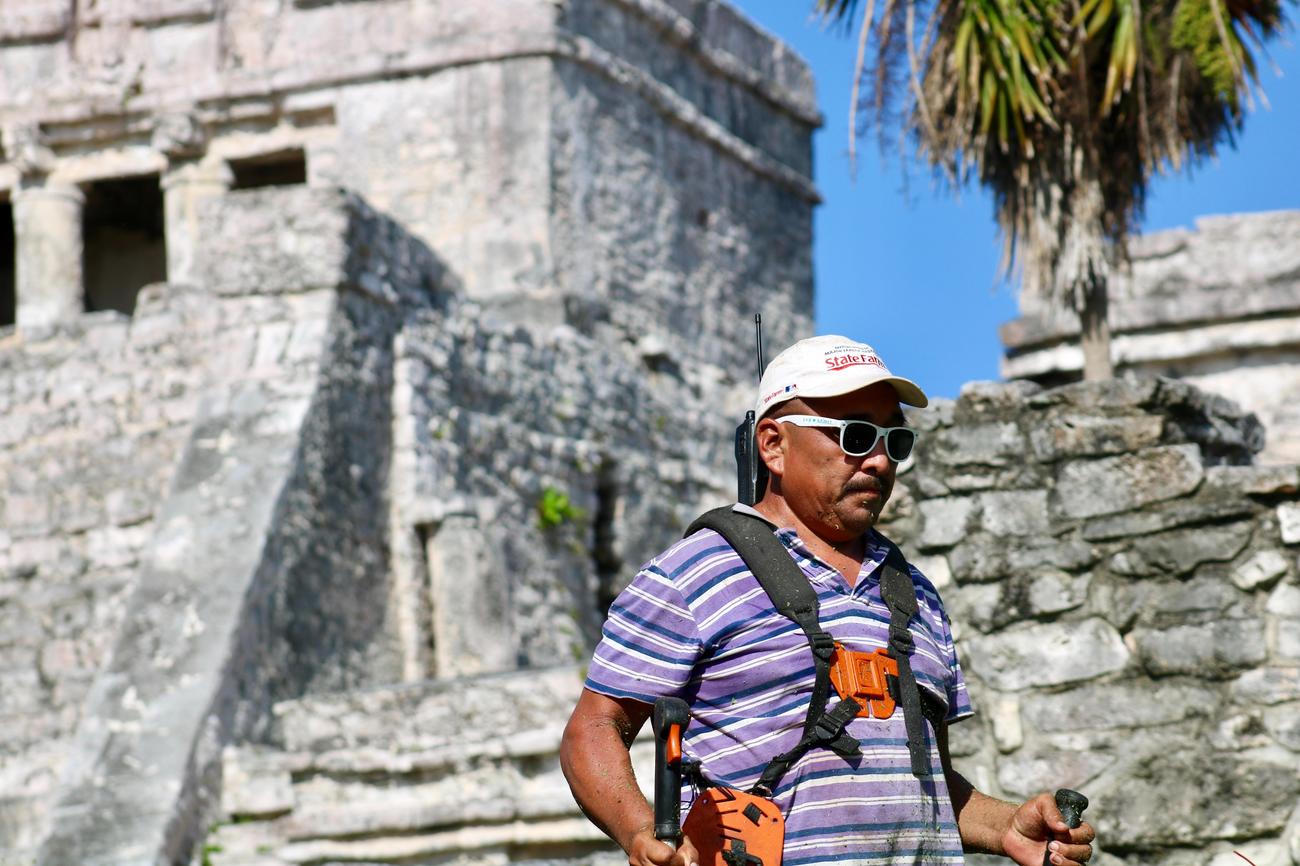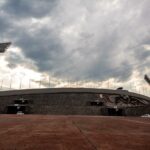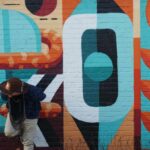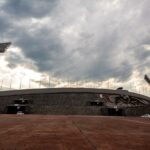Prepare to delve into the bold and revolutionary world of Diego Rivera as we explore the profound impact his iconic murals had on Mexican society. As an experienced art historian with a passion for socio-political movements, I bring a unique perspective to my writing on Rivera’s art. With a keen eye for detail and an understanding of the intricate connections between art and societal upheaval, I will uncover the hidden meanings and powerful symbolism behind Rivera’s visual statements. Join me on this insightful journey as we uncover the revolutionary themes that made Rivera a true artistic trailblazer.

Diego Rivera Revolutionary Themes
Diego Rivera, a preeminent Mexican artist of the 20th century, is well-known for his revolutionary themes that challenged societal norms and depicted the struggles of the working class. Through his iconic murals, Rivera made bold visual statements that had a profound impact on Mexican society. Let’s delve into the depths of his art and explore the revolutionary themes that shaped his powerful messages.
Rivera’s art aimed to bring art to the masses, and he achieved this by creating large-scale works on public walls. These murals served as a means of communication, allowing him to convey his artistic vision and social commentary to a wide audience. His magnificent paintings explored major themes such as social inequality, the relationship of nature, industry, and technology, as well as the history and fate of Mexico itself.
One of the fascinating aspects of Rivera’s art is his panoramic portrayals of Mexican history and daily life, heavily influenced by pre-Columbian culture. He skillfully depicted scenes from ancient Mayan civilization to the post-Revolutionary Mexico of his time. Through these expansive murals, Rivera not only highlighted pivotal events such as the Spanish Conquest, the fight for independence, and the Mexican-American war but also imagined a future Mexico.
Rivera’s art was deeply intertwined with his political ideology. He was a devoted Marxist and a member of the Mexican Communist Party, and his paintings reflect his dedication to these beliefs. He utilized indigenous themes to foster Mexican cultural identity and to challenge social and political injustices. Rivera’s murals became platforms for him to voice his concerns about the working class and to advocate for social change.
“The revolutionary themes explored by Diego Rivera in his iconic murals shed light on the struggles faced by the working class and the need for societal transformation. Through his art, Rivera questioned the existing power structures and called for a fairer and more just society.”
One of the notable aspects of Rivera’s art is the way he delved into political issues from the Mexican Revolution. His murals became a visual representation of these key political issues, providing insight into the history and progress of the Mexican people. Through his meticulous attention to detail and vivid imagery, Rivera portrayed the triumphs and tribulations of the Mexican Revolution, allowing viewers to experience the emotions and realities of that period.
In addition to their social and political messages, Rivera’s murals also possess a certain timelessness. His art captures the essence of Mexican culture, paying homage to the rich history and heritage of the country. By incorporating elements of indigenous culture and mythology, Rivera emphasized the importance of preserving Mexican identity in the face of outside influences. His art serves as a reminder of the struggles faced by the working class and the necessity of fighting for social justice.
“In Rivera’s revolutionary art, themes of history, social equality, and cultural identity converge, leaving a lasting impact on Mexican culture and the global art scene.”
Rivera’s ability to merge art with social and political commentary is truly remarkable. His murals remain as poignant reminders of the power of artistic expression and its ability to provoke thought, inspire change, and challenge the status quo. By exploring the revolutionary themes present in Rivera’s iconic murals, we gain a deeper understanding of his influential contributions to the revolutionary art movement.
“So, as we unravel the layers of Diego Rivera’s revolutionary themes, we unriddle the complexities of society’s struggles and the transformative power of art.”
In conclusion, Diego Rivera’s revolutionary themes, embedded in his iconic murals, have had a profound impact on Mexican society, challenging societal norms and depicting the struggles of the working class. Through his art, Rivera fostered a sense of Mexican cultural identity, championed social equality, and called for political change. His paintings serve as powerful visual messages that continue to captivate audiences and inspire dialogue.
Diego Rivera was a revolutionary artist known for his bold and vibrant murals. His art style encompassed elements of post-impressionism and cubism, creating a unique and distinctive aesthetic. If you’re interested in exploring more about Diego Rivera’s fascinating art style, click here: Diego Rivera Art Style
FAQ
Question 1: What were some of Diego Rivera’s major influences in creating his revolutionary themes?
Answer 1: Diego Rivera was influenced by a variety of factors in creating his revolutionary themes. His upbringing in Mexico, along with his exposure to indigenous cultures and their artistic traditions, greatly influenced his work. Additionally, Rivera’s political ideologies, notably his dedication to Marxism and affiliation with the Mexican Communist Party, played a significant role in shaping the revolutionary themes in his murals.
Question 2: How did Diego Rivera’s murals contribute to the Mexican muralist movement?
Answer 2: Diego Rivera’s murals were instrumental in shaping and popularizing the Mexican muralist movement. His large-scale public artworks brought art directly to the masses, challenging the notion that art should only be accessible to the elite. Rivera’s murals also depicted important historical and social issues, providing a platform for public discourse and fostering a sense of cultural identity in Mexico.
Question 3: In what ways did Diego Rivera challenge societal norms through his murals?
Answer 3: Diego Rivera challenged societal norms through his murals by addressing and highlighting social issues and political messages. He used his art to bring attention to the struggles of the working class and advocate for social equality. Additionally, Rivera’s incorporation of indigenous themes served to challenge social and political inequities, promoting Mexican cultural identity and challenging dominant Western narratives.
Question 4: What were some of the key political issues from the Mexican Revolution depicted in Diego Rivera’s murals?
Answer 4: Diego Rivera’s murals depicted various key political issues from the Mexican Revolution. Some of these include the Spanish Conquest, the fight for independence, the Mexican-American war, and an imagined future Mexico. By portraying these pivotal scenes from Mexican history, Rivera aimed to emphasize the significance of the revolution and its ongoing impact on Mexican society.
Question 5: What was the impact of Diego Rivera’s art on Mexican culture?
Answer 5: Diego Rivera’s art had a profound impact on Mexican culture. His murals became symbols of Mexican identity and pride, visually representing the nation’s history and struggles. Additionally, Rivera’s dedication to Marxism and social commentary through his art inspired other artists to contribute to the Mexican muralist movement. Overall, his artistic contributions and exploration of revolutionary themes continue to shape Mexican art and cultural discourse.















